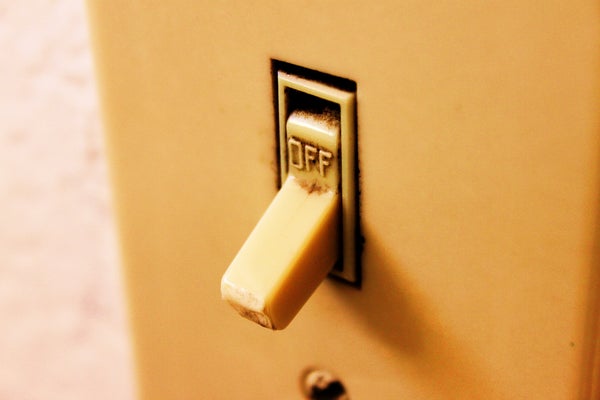This article was published in Scientific American’s former blog network and reflects the views of the author, not necessarily those of Scientific American
After seven years on the Scientific American blogs network, Plugged In will go offline on Friday. This blog was created to explore the connections between energy, the environment, and our lives through timely reporting and analysis that consider both the technical and policy aspects of energy. To this end, we worked to establish a bridge between those whose lives focus on discussing energy every day (a.k.a. energy technology and policy wonks) and those whose everyday lives depend on energy (all of us).
Energy has deeply consequential impacts on each of us through its environmental impacts, its connection to the world economy, and the benefits it brings to nearly every aspect of modern life.
The first team of Plugged In writers (Melissa, David, Scott, and Robynne) and those of us that remain today (Melissa, Robert, Tali, and Sheril) have enjoyed developing and maintaining this blog because we see it as an essential venue for communicating the burning questions shaping the energy system in bite-size pieces that can be easily digested and discussed.
On supporting science journalism
If you're enjoying this article, consider supporting our award-winning journalism by subscribing. By purchasing a subscription you are helping to ensure the future of impactful stories about the discoveries and ideas shaping our world today.
Let’s face it, energy is a space with more than its fair share of hype, buzzwords, and half-truths. At Plugged In, we worked to cut through the hype and explain the nitty gritty of energy, environment, and climate stories from a perspective firmly grounded in data and scientific evidence. We hope that our writing has helped you to learn about the energy sector that impacts our lives every day and given you a clearer picture about how we as a society can overcome the grand energy challenges we’re facing such as climate change.
While Plugged In will go dark here on Scientific American in a few short days, the challenges facing the energy system will persist and the importance of the conversations started in places like this blog will only increase. We hope that you will continue to seek out evidence and data in order to overcome hype and soundbites — and hope that you keep in touch with each of us as we continue the conversation:
Melissa (@mclott)
Robert (@RobertFares)
Tali (@talitrigg)
Sheril (@Sheril_)
To our readers — thank you for your support over the past seven years!
